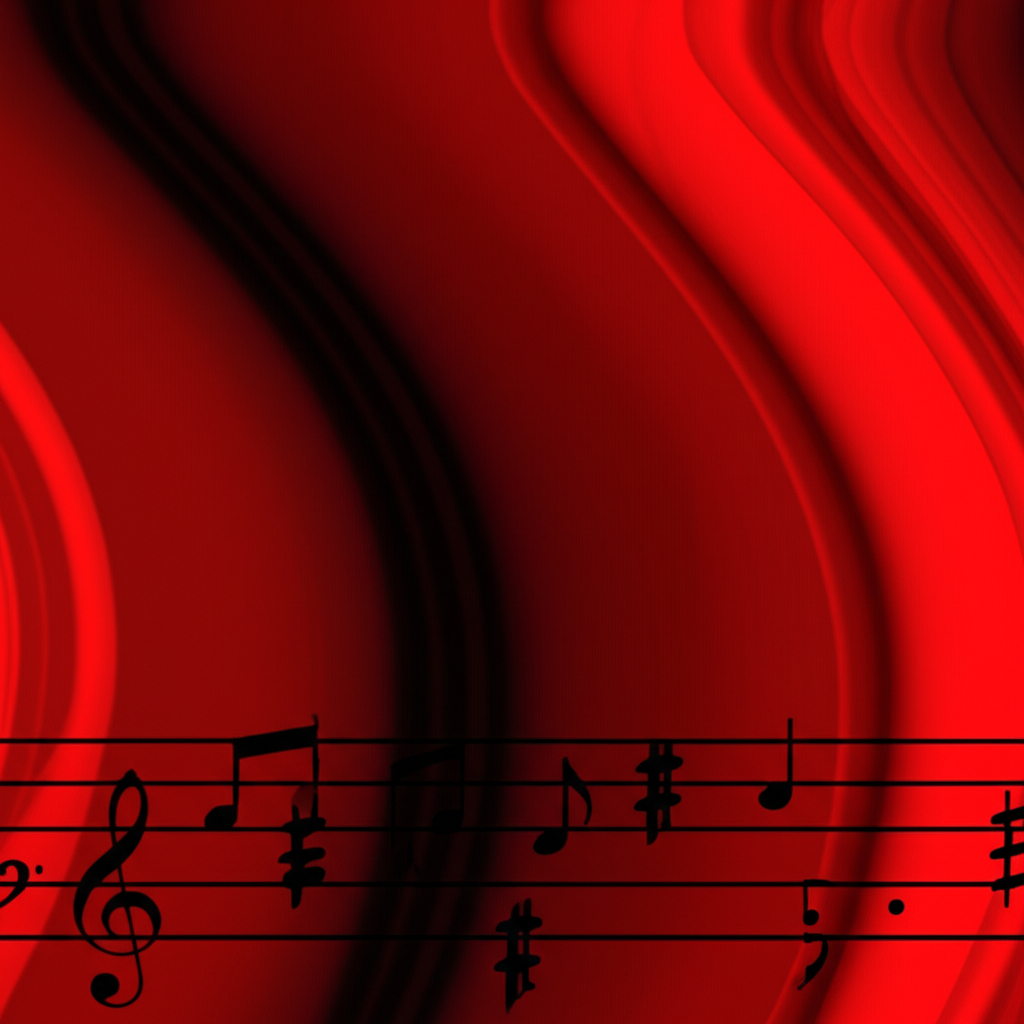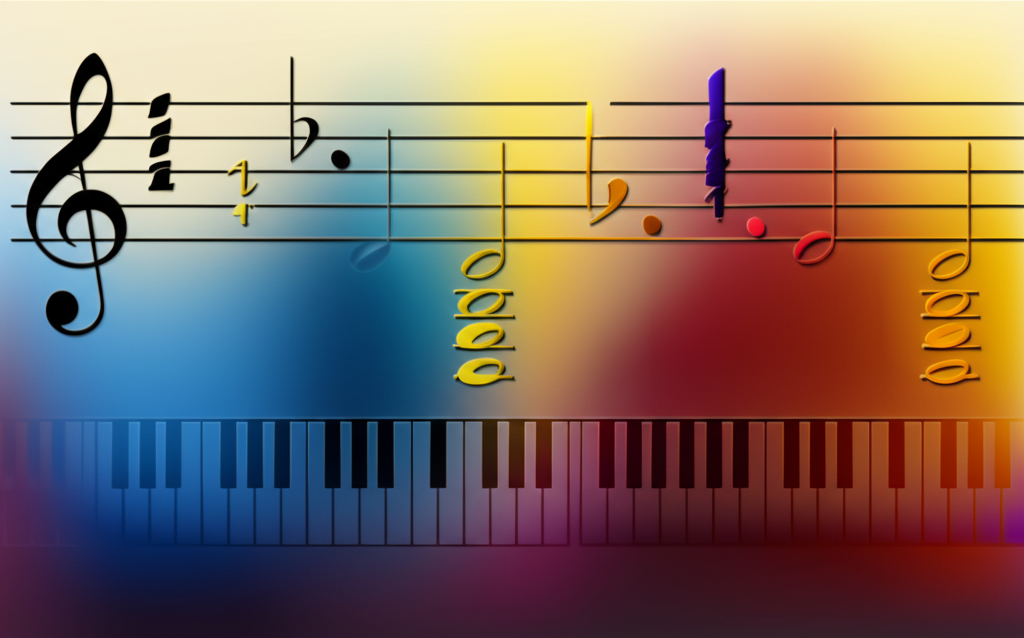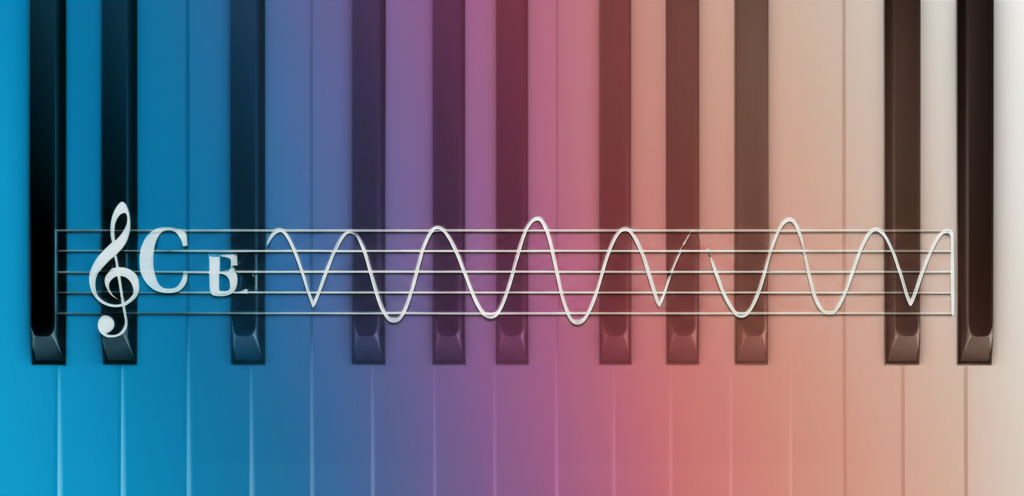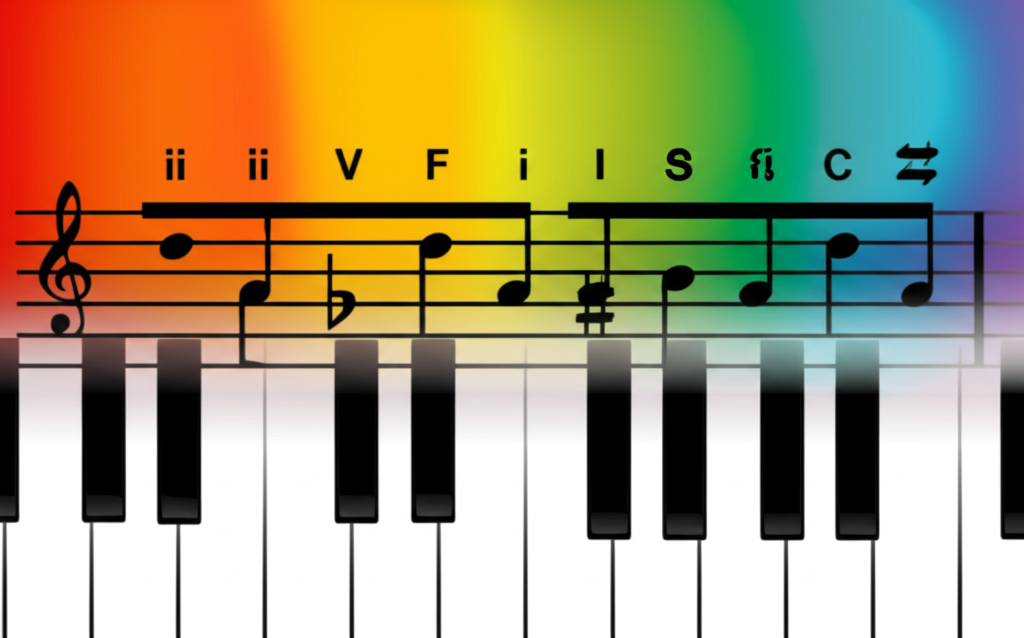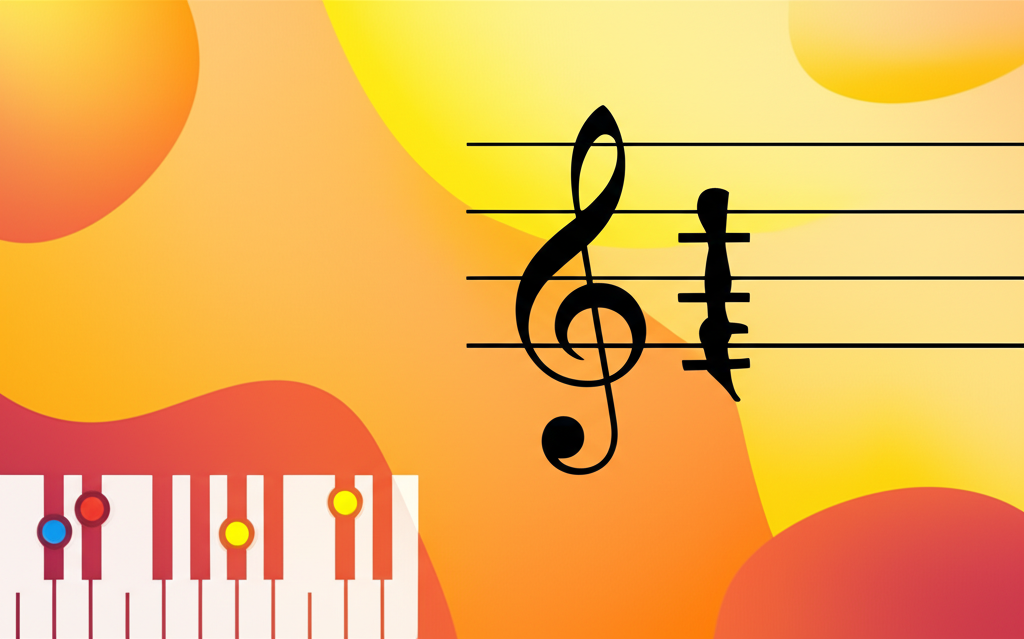
Dominant Seventh Chord

b4n1
May 25, 2025, 2:22 a.m.
Understanding the Dominant Seventh Chord
The dominant seventh chord is one of the most important and frequently used chords in Western music. Built on the fifth degree of a scale, it creates tension that strongly resolves to the tonic, making it essential for establishing key centers and driving harmonic motion.
Structure of the Dominant Seventh
A dominant seventh chord consists of four notes:
- Root: The foundation note (e.g., G in G7)
- Major third: Creates the major quality (e.g., B in G7)
- Perfect fifth: Provides stability (e.g., D in G7)
- Minor seventh: Creates the characteristic tension (e.g., F in G7)
Harmonic Function
The dominant seventh chord serves crucial harmonic functions:
- Tension creation: The tritone between 3rd and 7th creates instability
- Resolution tendency: Strongly pulls toward the tonic chord
- Key establishment: Clearly defines the tonal center
- Cadential force: Essential in authentic cadences (V7-I)
Voice Leading Tendencies
The dominant seventh has strong voice leading tendencies:
- Leading tone (3rd): Resolves up by semitone to tonic
- Seventh: Resolves down by semitone to the third of tonic
- Fifth: Often moves down by step or stays common
- Root: Usually moves down by fifth to tonic root
Common Progressions
Dominant sevenths appear in many standard progressions:
- V7-I: Authentic cadence (G7-C)
- ii-V7-I: Jazz standard progression (Dm-G7-C)
- I-V7: Establishing dominant (C-G7)
- V7/V: Secondary dominant (D7 in key of C)
Jazz Extensions and Alterations
In jazz, dominant sevenths are often extended or altered:
- 9th chords: G7(9) adds the ninth (A)
- 11th chords: G7(11) includes the eleventh (C)
- 13th chords: G7(13) incorporates the thirteenth (E)
- Altered dominants: G7alt with ♭9, #9, ♭5, #5
Inversions and Voicings
Dominant sevenths can be voiced in different inversions:
- Root position: G-B-D-F
- First inversion: B-D-F-G
- Second inversion: D-F-G-B
- Third inversion: F-G-B-D
Recognition and Practice
To develop familiarity with dominant sevenths:
- Practice the V7-I resolution in all keys
- Listen for the characteristic "bluesy" sound
- Study blues progressions where they're prominent
- Practice voice leading from V7 to I
- Explore jazz standards with ii-V7-I progressions
Historical Context
The dominant seventh evolved through music history:
- Baroque: Used primarily as resolution chord
- Classical: Became standard in cadential formulas
- Romantic: Extended and chromatically altered
- Jazz/Blues: Became a stable sonority in its own right
Understanding the dominant seventh chord is crucial for harmonic analysis, composition, and improvisation across all musical styles.


